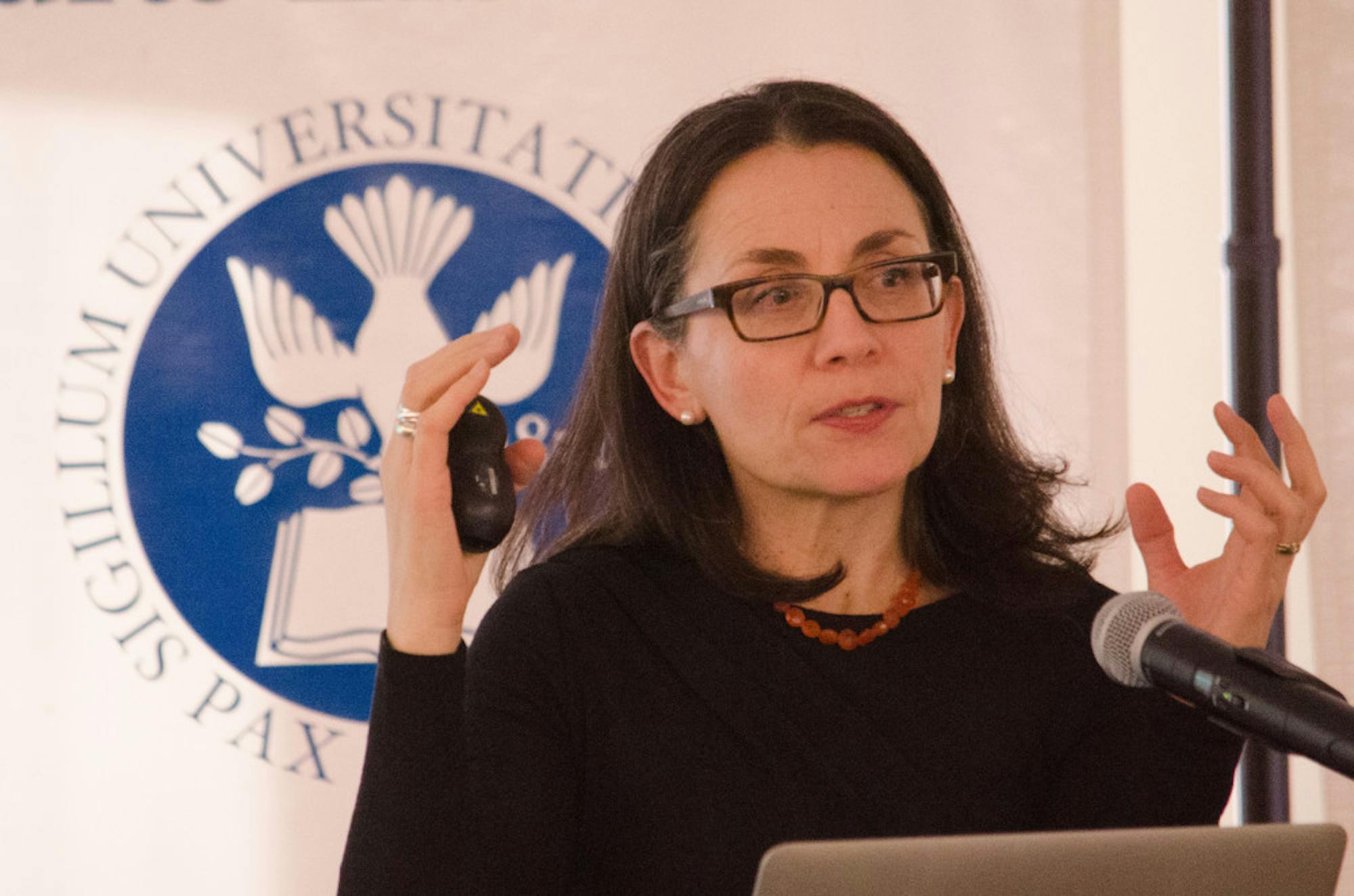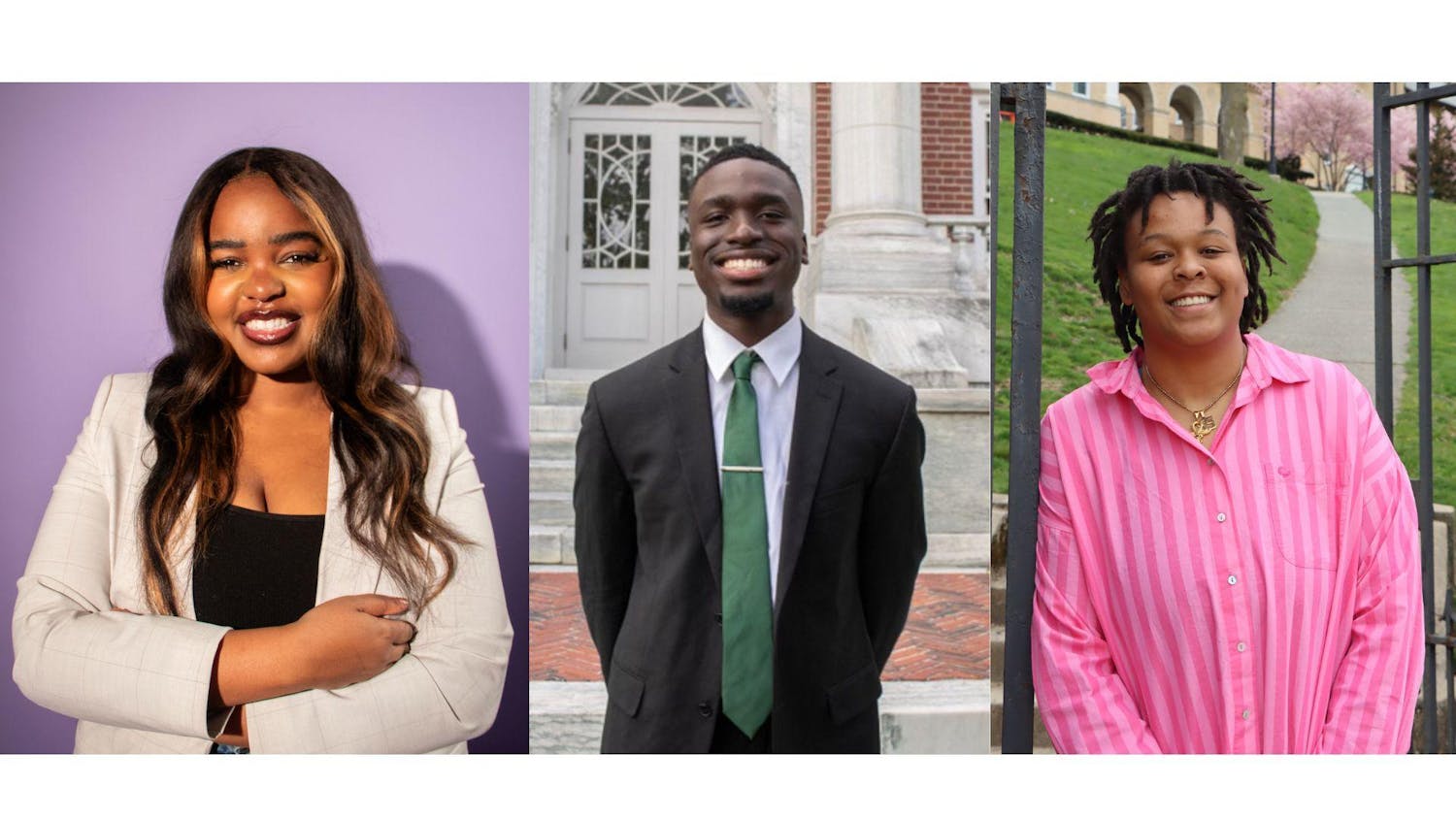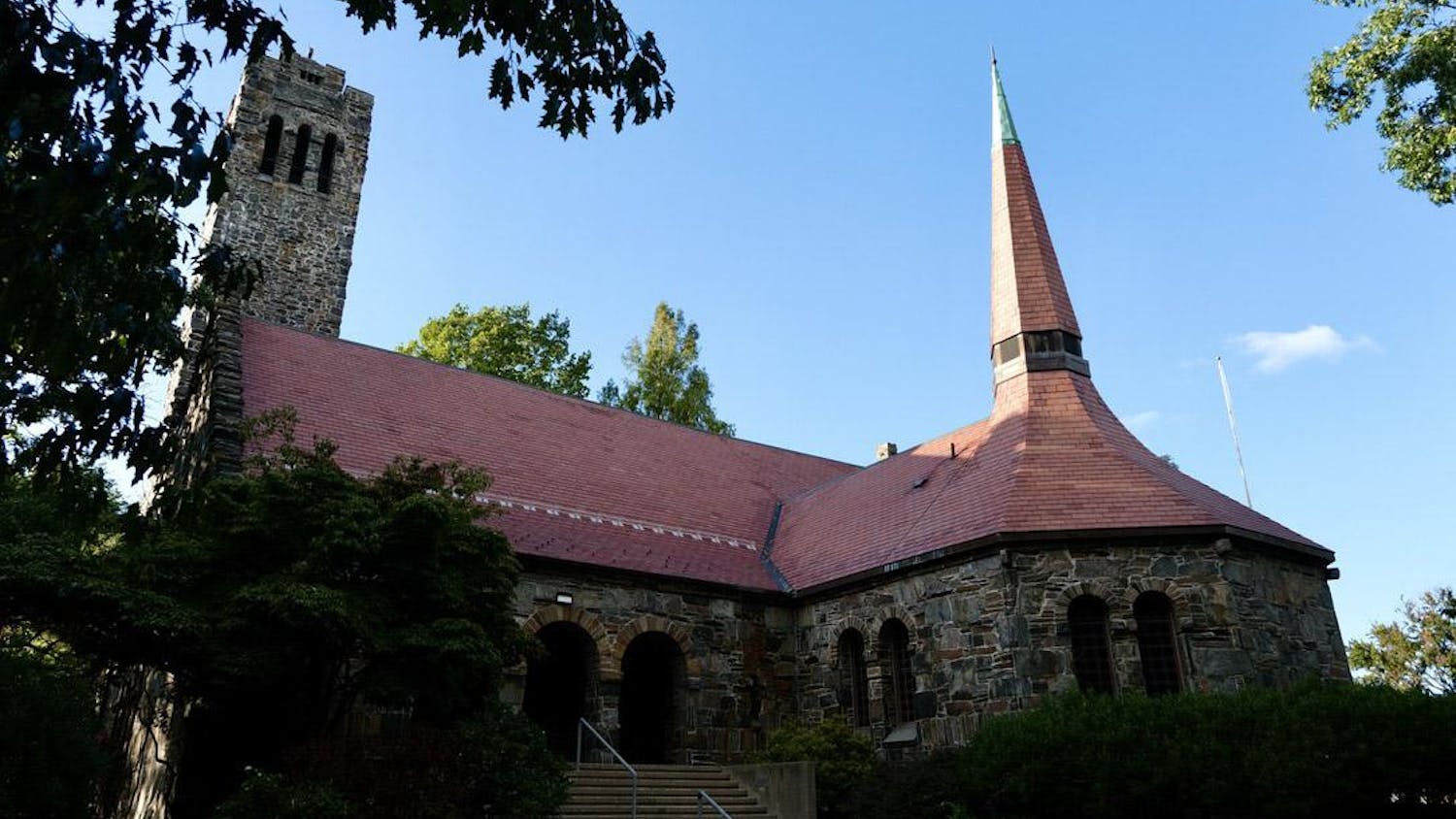An intimate crowd of students and faculty gathered in the Hirsch Reading Room yesterday for a Tisch Friends of the Library Author Talk with Adriana Zavala, associate professor of Art History, who discussed her curatorial exhibition project “Frida Kahlo: Life, Art, Garden.”
The exhibit, which was displayed at the New York Botanical Garden in the Bronx from May 16 to Nov. 1, 2015, was New York City's first solo exhibit of Kahlo's works in over a decade, according to a Jan. 14, 2015 press releasefrom the New York Botanical Garden (NYBG).The NYBG put on the Kahlo exhibit as part of a recently instituted series, which aims to teach the general public about plant science through the humanities. Zavala, who is also the director of the American and Latino Studies programs and the Consortium of Studies in Race, Colonialism and Diaspora (RCD), said that the Kahlo exhibit approximtaely 500,000 people. This attendance surpasses the second most popular NYBG exhibit, a replica of the garden of impressionist painter Claude Monet, by 175,000 people.
Zavala's talk, titled "Frida Kahlo's Garden," opened with Director of Tisch Library Laura Wood welcoming attendees. Before Zavala began her lecture, Misha Kilmer, mathematics department chair, presented the 15th Maxine Newberg Gordon (J' 70) Book Prize to junior Ryan Hastings-Echo for his appreciation of reading, literature and poetry. Kilmer explained that the award is given to a mathematics major who is also interested in literature because of the dual passions for math and literature of the award's namesake, Gordon. She noted that the award comes from a special endowment created to honor Gordon after she died from breast cancer.
Zavala started her talk by explaining that the exhibit was constructed to recreate the look and feel of Kahlo's studio and garden, which played a very important role in the creation of her art. Kahlo incorporated much of the natural world into her artwork and engaged with the environment in Mexico, her country of origin, Zavala said.
She said she worked with a team of professionals from a wide variety of backgrounds in the process. The project was truly an interdisciplinary one, which incorporated art history, curation, plant sciences, set design and academic scholarship, she said. Other members of her team included Scott Pask, set designer for “The Book of Mormon,” Francisca Coelho, horticulturalist for the garden’s exhibits, and many others, she noted.
Within the glass walls of the garden, Zavala and the other members of the team created a garden that would recreate the essence of Kahlo's garden, including the vibrant blue walls of her "Casa Azul," or "Blue House," she said. The team searched for the plants Kahlo would have had in her garden by looking at photos that showed her garden during that period. The exhibit included cacti, birds of paradise, sunflowers and a replication of a pyramid which Diego Rivera, Kahlo's husband and fellow artist, originally created to display his collection of indigenous artifacts.
In order to reconstruct the house and garden with the highest degree of accuracy, the team visited Kahlo's home in Mexico twice, now a museum of her work, Zavala said.
"The research that has gone into building this multifaceted project demonstrates that Kahlo’s life, her times, and her work were, like the natural world itself, a crossroads of transcultural influences," Zavala, wrote in the Jan. 14 NYBG press release.
The plants that exist at her house now are actually tropical plants, Zavala noted, despite the fact that the plants that would have been in her garden during her lifetime were likely desert plants. This shift can be attributed to climate change, as well as a couple of trees growing in the garden which have created much more shade and moisture as they have grown since Kahlo's lifetime, she explained.
Zavala said she learned of the project in the winter of 2012, when a former student who now works at the Botanical Garden in the Bronx approached her with the idea of recreating Kahlo's garden inside the Botanical Garden. At first Zavala said she was skeptical about taking on the project. Noting the increased popularity of Kahlo’s art work and biographical story in recent years, Zavala said she felt it would be too difficult to acquire the art work the exhibit would need. Kahlo's popularity has risen recently due to an increased focus on identity politics and a Chicano art movement, she said. At this point, Kahlo's face may be the most recognized female artist, Zavala said.Eventually, Zavala said that she came to think of the exhibit as an opportunity to share a new side of Kahlo, not often researched in academia. Zavala, who was born in Mexico and raised in the United States, said she wanted to convey the elegance, dignity and complexity of Mexican culture through the exhibit.,“As a scholar and ambassador of Mexican culture, I am proud that this exhibition will enrich our understanding of Frida Kahlo’s connection, not just to her native Mexico, but to the natural world overall," Zavala wrote in the Jan. 14 press release.Correction: The previous version of this article mistakenly stated that the Frida Kahlo exhibit at the New York Botanical Garden drew 175,000 people, when it actually drew approximately 500,000 people, a number that was 175,000 more than the second most popular NYBG exhibit. In addition, the article said that the Kahlo exhibit was a replica of Kahlo's original garden, when it was less of an exact replica and more of something that was based off Kahlo's garden. The Daily regrets these errors.






